Highlights of today’s visit are best described in pictures.
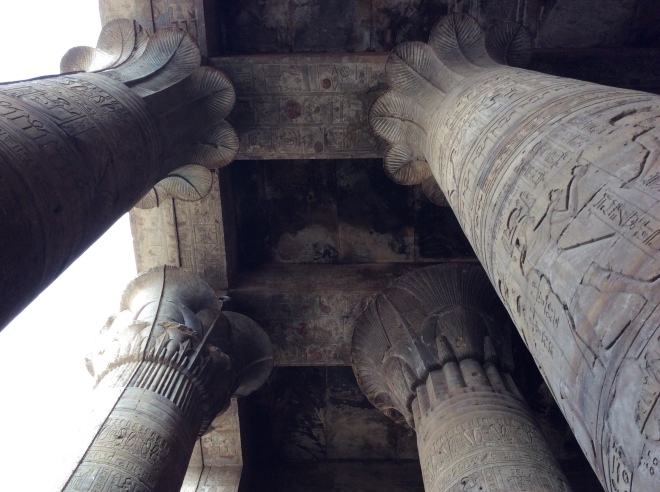
Spectacular carved pillars at The Temple of Edfu, southern Nile area where we sailed from Luxor during the night.
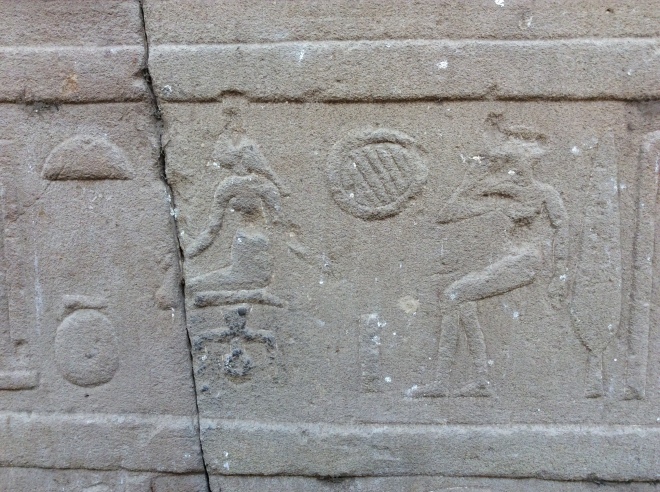
Ancient Egyptian women delivered their babies in an upright position using a kind of birthing chair, archaeologists have learned from this particular hieroglyph.
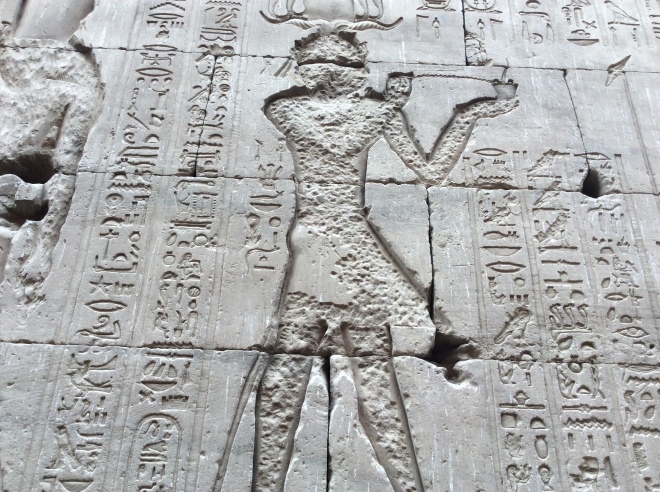
One religion after another, literally and figuratively. Image above was chiseled away by later invading Christians.
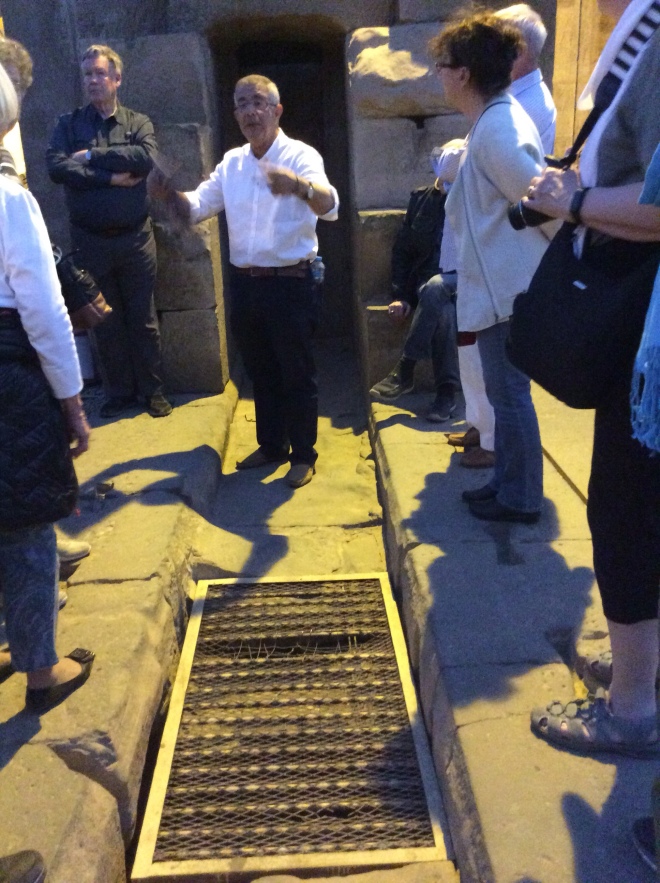 Ancient visitors to the temple stood opposite of the wall where Tarek now stands, and prayed out loud to the gods for some favor. A high priest, listening through a hidden tunnel below the grate above would respond. The faithful one, believing he had been spoken to by the Gods, would then pay an offering in an amount suggested by the gods.
Ancient visitors to the temple stood opposite of the wall where Tarek now stands, and prayed out loud to the gods for some favor. A high priest, listening through a hidden tunnel below the grate above would respond. The faithful one, believing he had been spoken to by the Gods, would then pay an offering in an amount suggested by the gods.
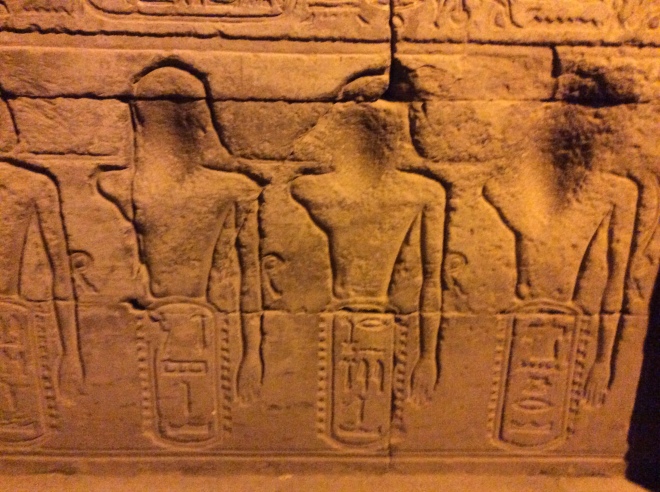
History written on a storyboard. Above depicts treatment of locals by invading Persians who cut off an arm and fed it to lyons, then erased their faces from the story so the gods would not recognize them and allow their entry into the afterlife.
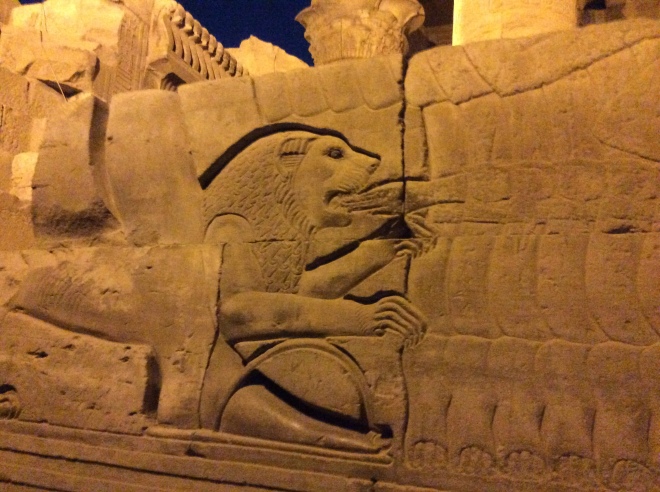
And here we end the story with the feeding of the lions!

In the afternoon we visited the Kom Ombo, unique because it houses two temples in one structure–the Temple of Sobek the ancient crocodile god, and the Temple of Harwer ( aka Horus), the falcon god. In ancient times sacred crocodiles basked in the sun near here.

Mummified remains of sacred crocodiles at the Crocodile Museum.

Talk about your wells! This deep, hand-built well measured the water level at the nearby Nile river. If the water was high it meant good irrigation for crops, thus plentiful crops, which required local citizens to pay higher offerings to the gods. This was the earliest form of taxation, an idea conceived by ancient Egyptians.
A word about the earth’s continually changing climate starts here where the banks of the Nile lapped the front door of the temple. In the past 3,000 years, it has retreated by nearly a kilometer. The Nile was also said to be several kilometers across in some locations. It is a fraction of that width currently.
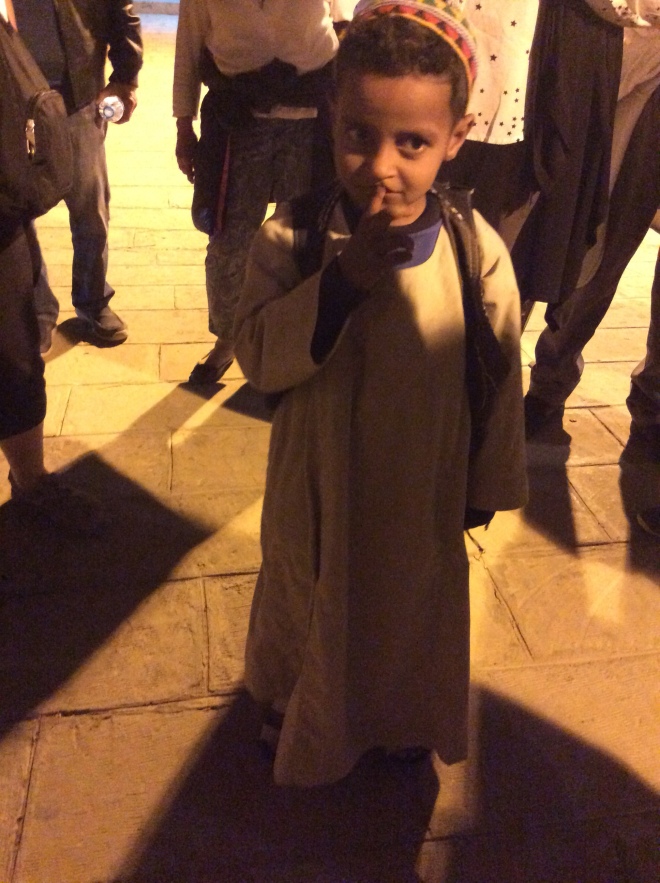
Young “crocodile” in the making. I gave this sweet boy a dollar in return for his picture. He was on the street with his father and older brother learning how to aggressively sell trinkets to passerby tourists. He is 5 years old.
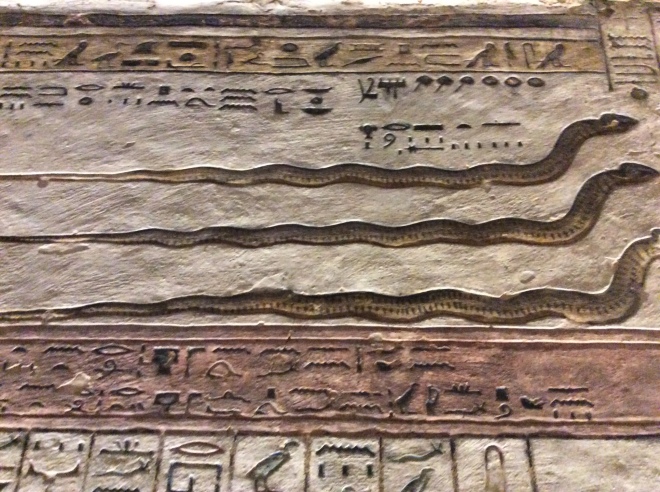
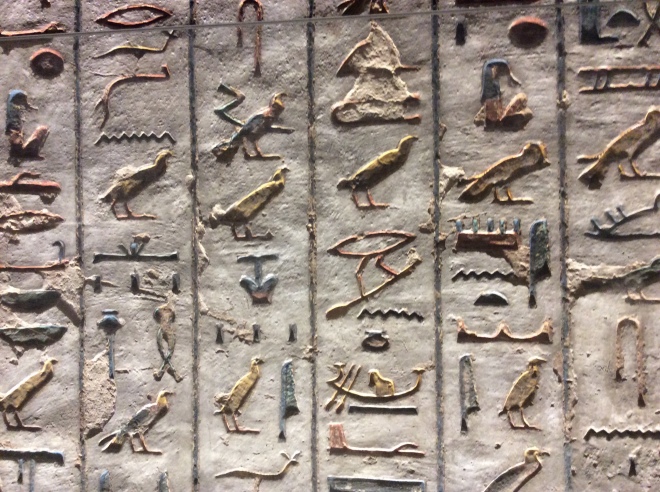
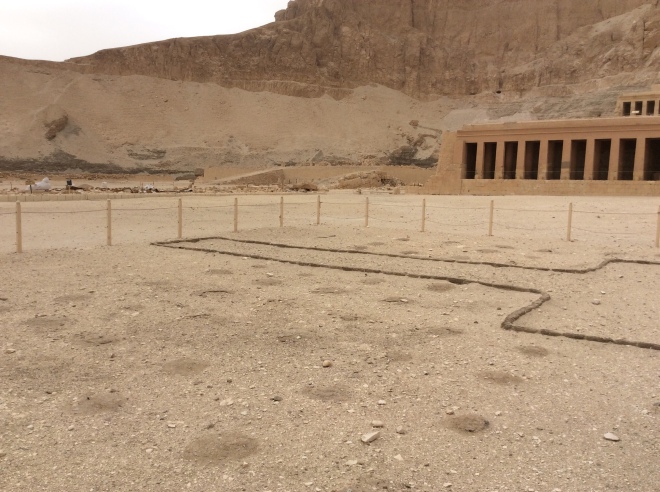
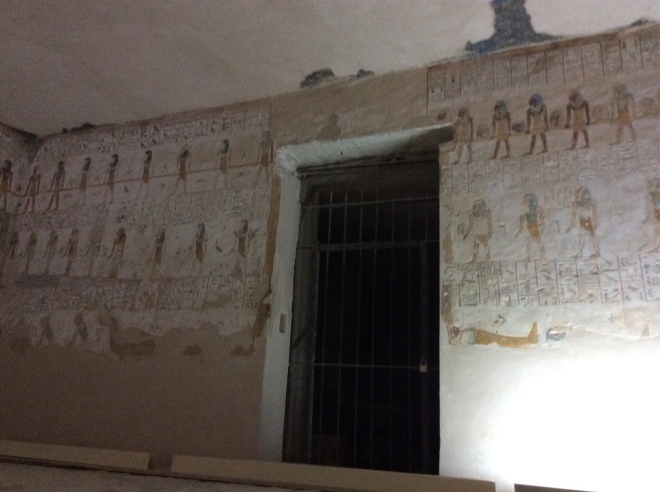
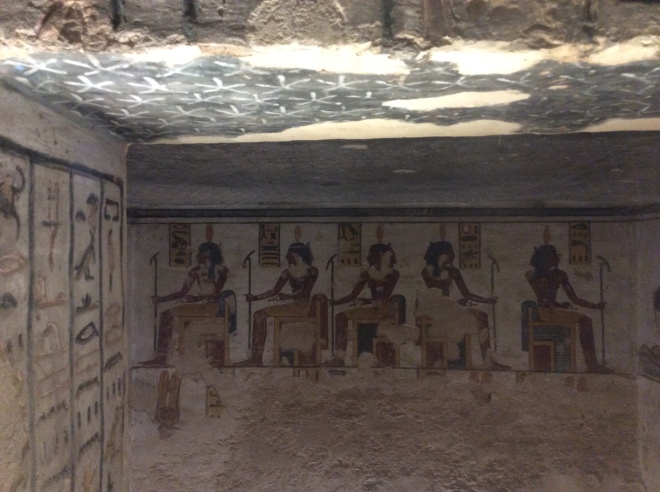
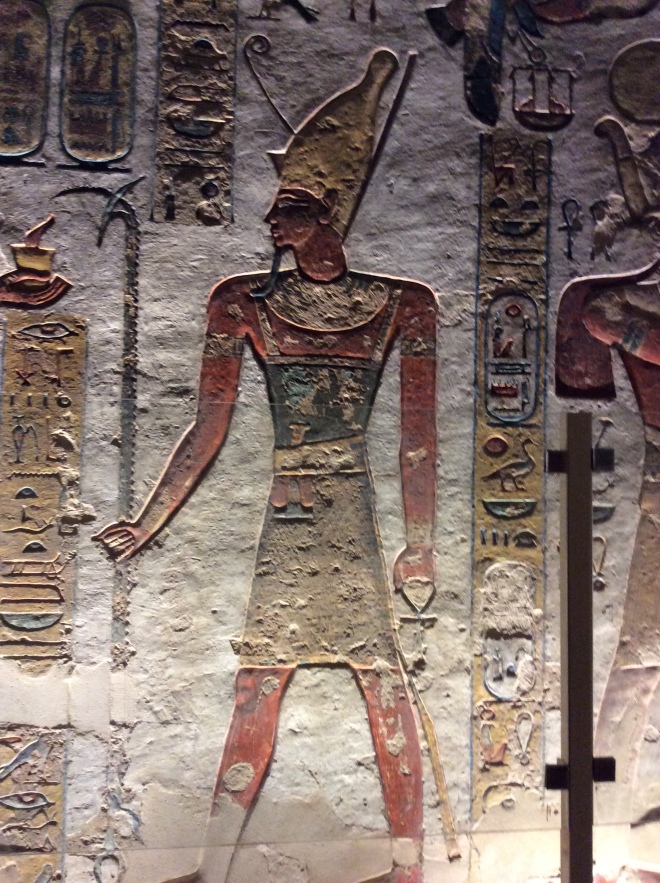
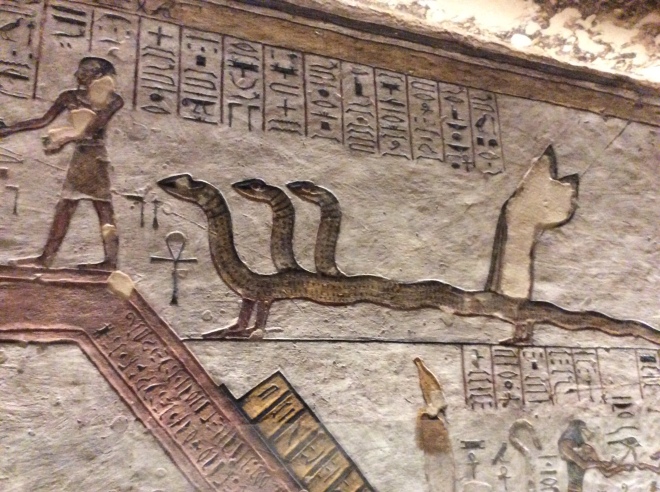
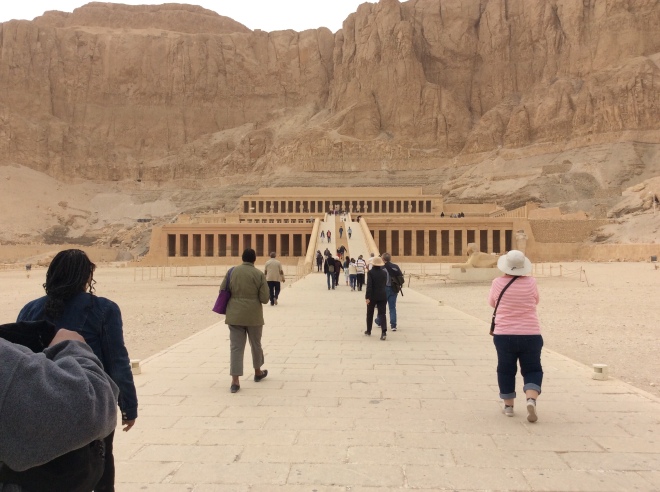
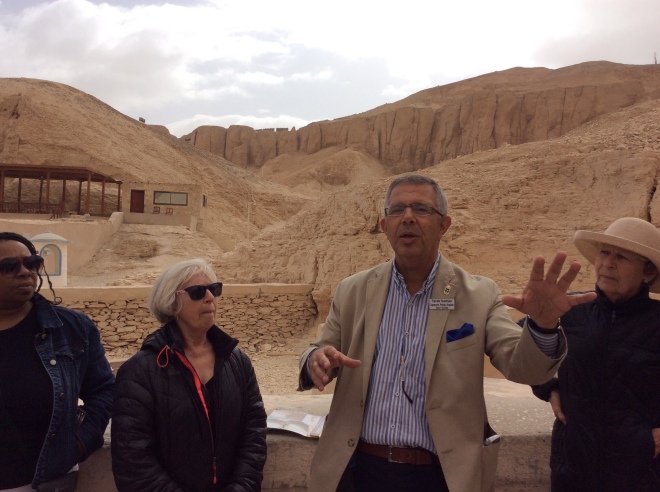

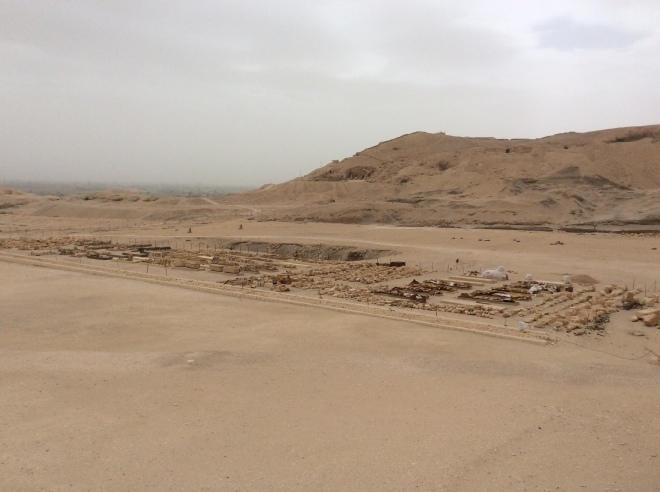
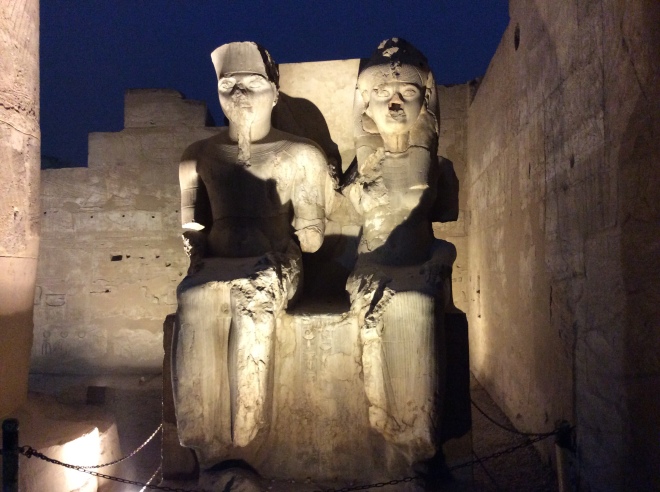
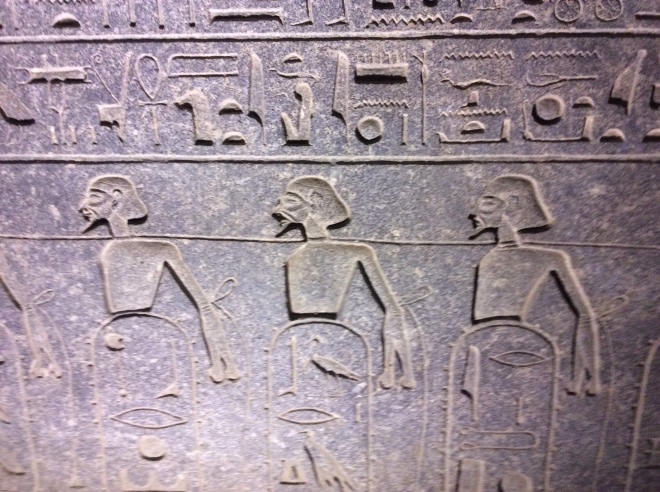
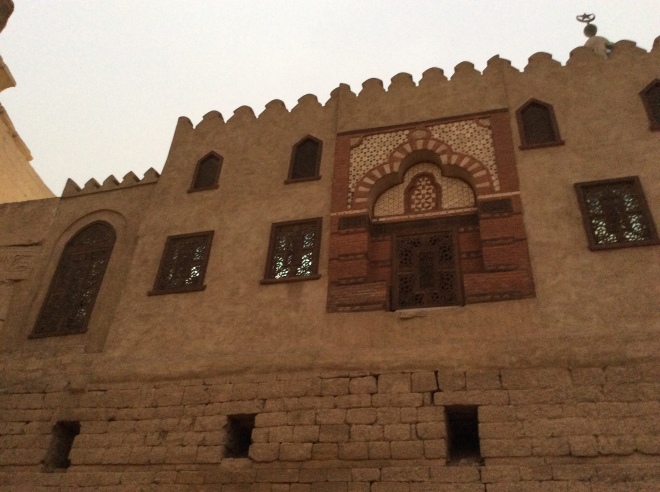
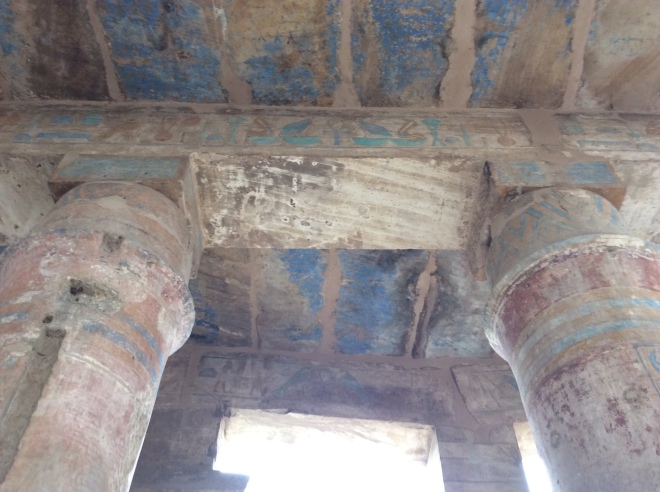
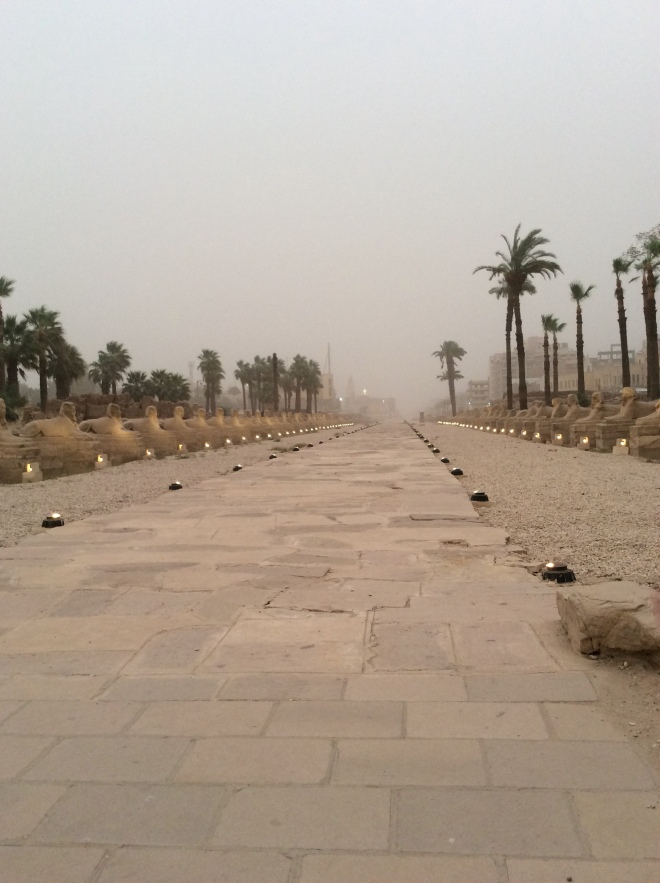
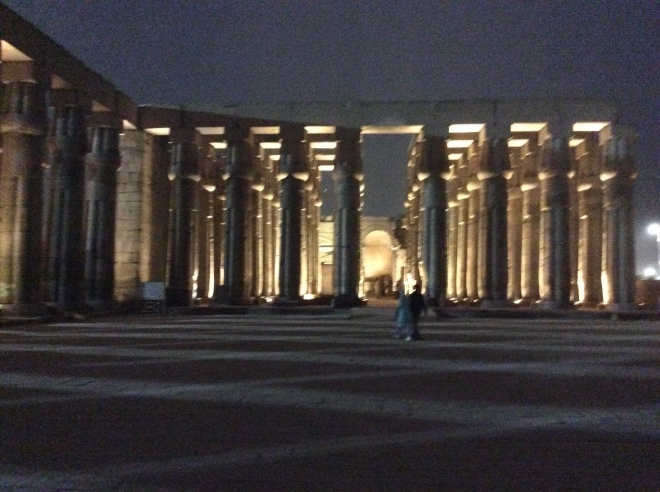 One of the most amazing feats of architectural splendor is the pillared temple at Luxor.
One of the most amazing feats of architectural splendor is the pillared temple at Luxor.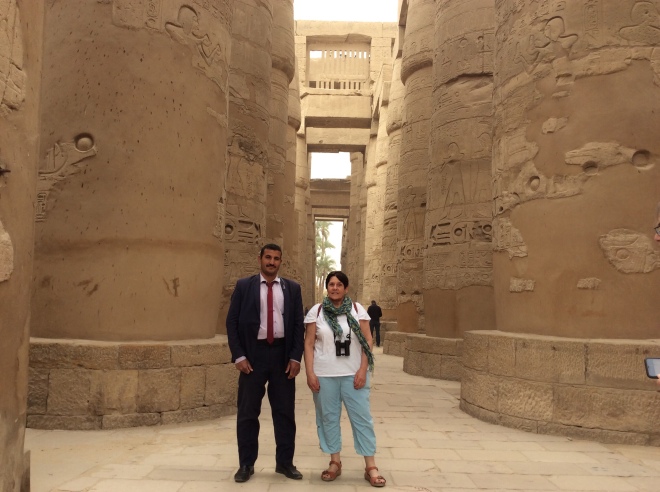
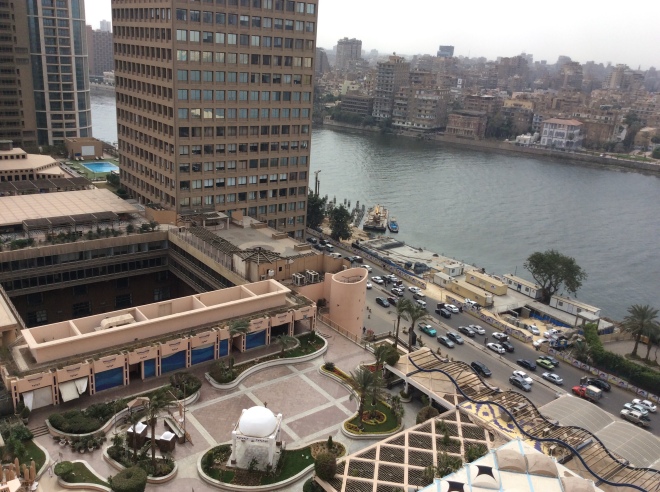
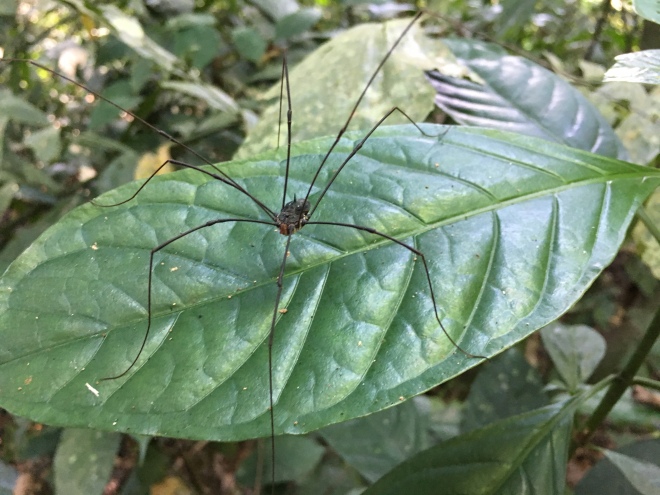
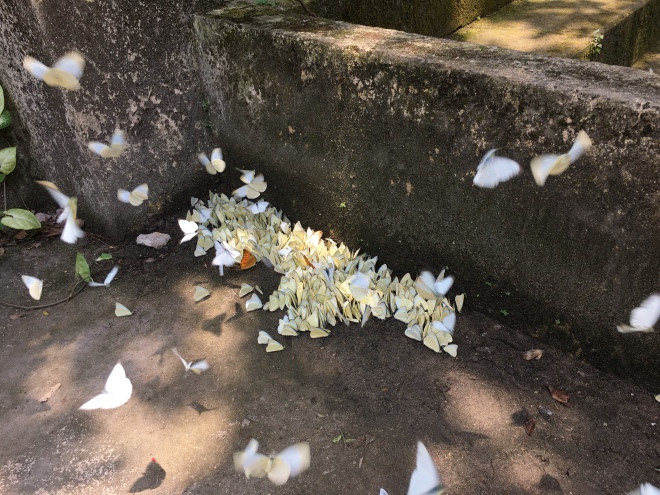
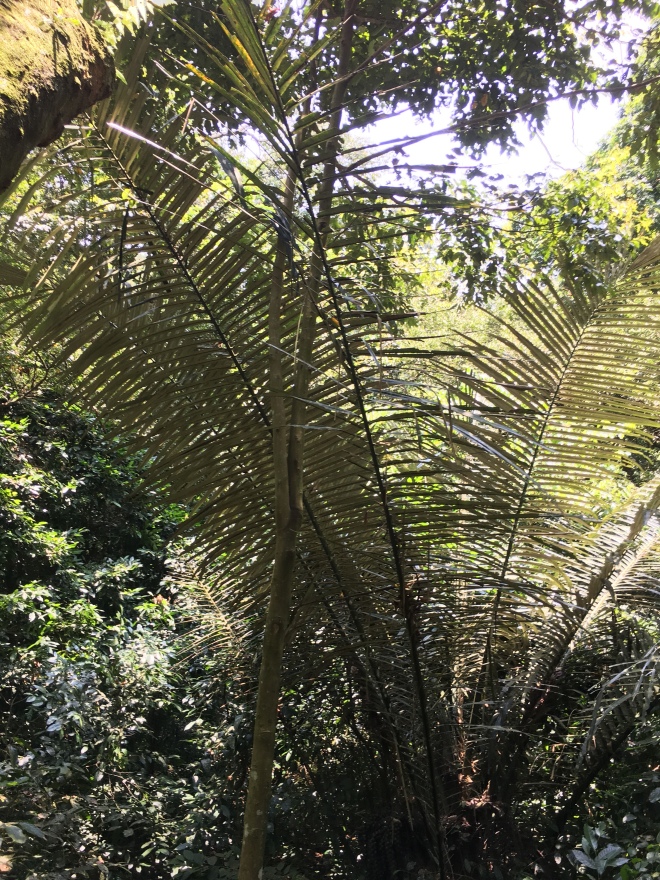
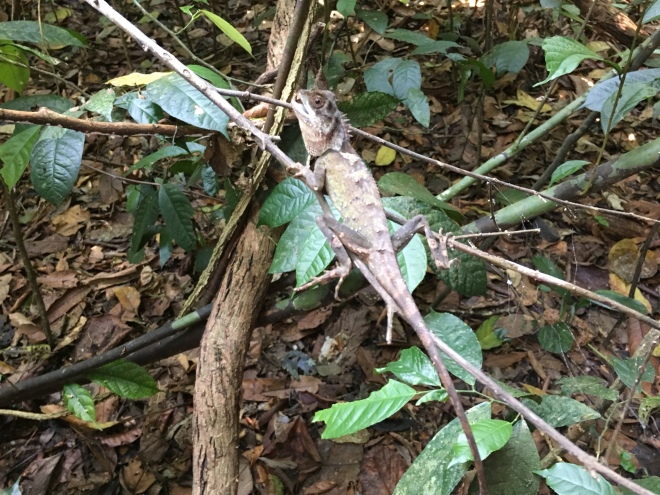
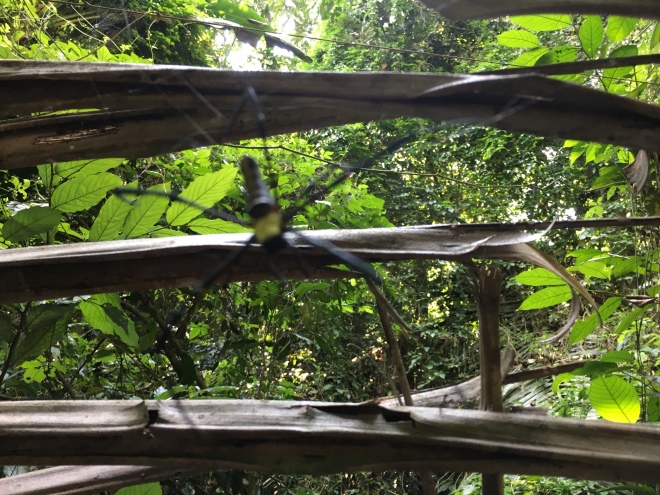
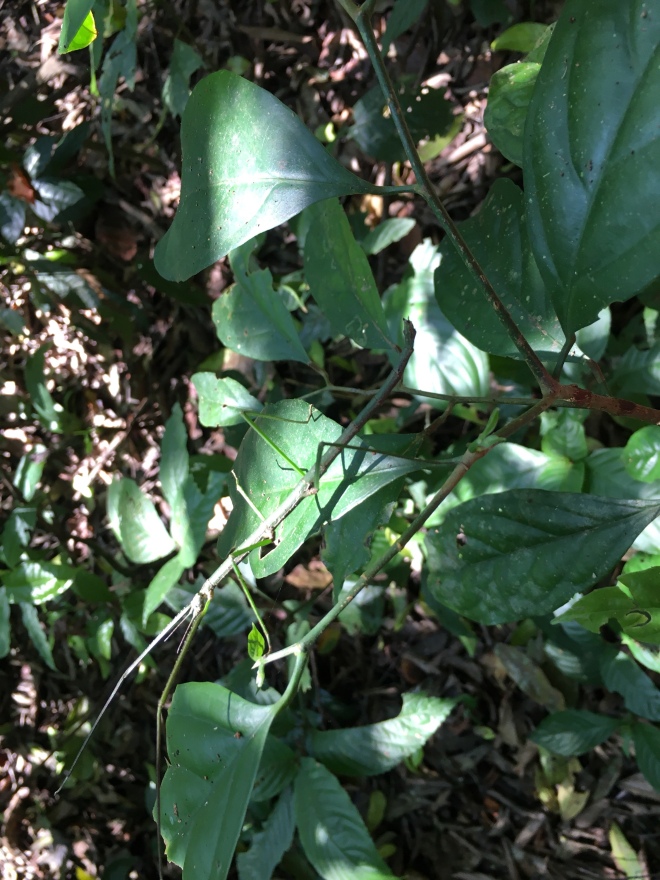
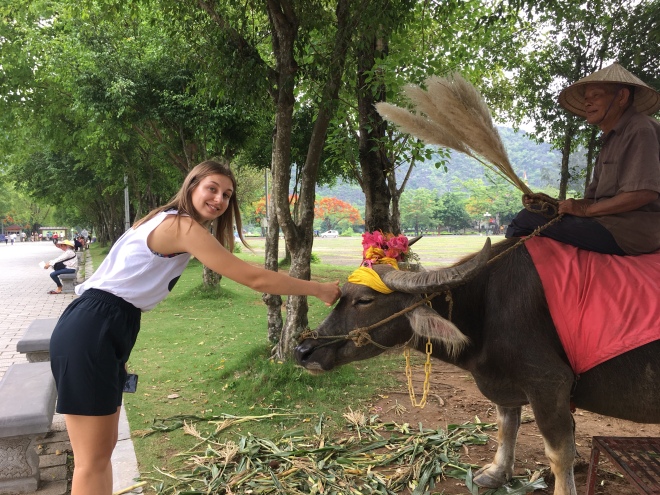 Elena from Latvia communing with a water buffalo at Hoa Lu Temple. She and her handsome friend, Janis, have convinced me to put Latvia on my bucket list.
Elena from Latvia communing with a water buffalo at Hoa Lu Temple. She and her handsome friend, Janis, have convinced me to put Latvia on my bucket list.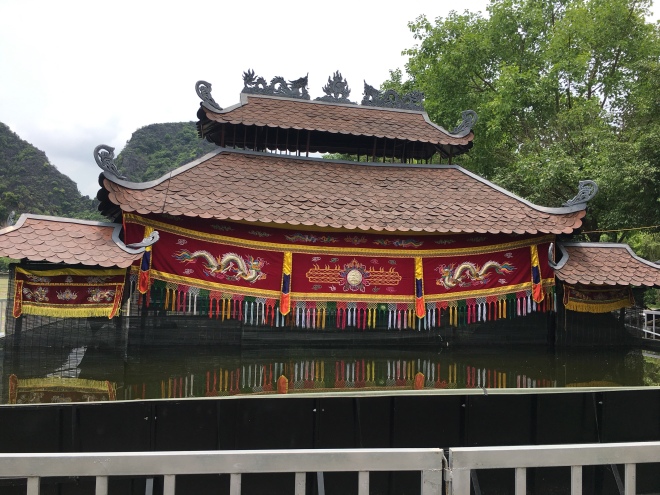
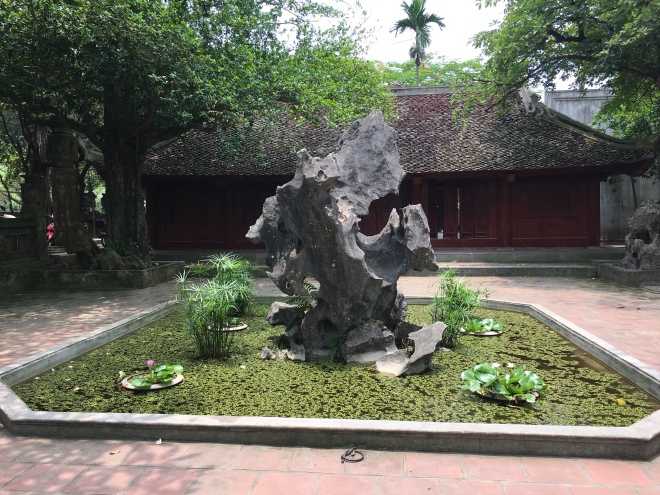
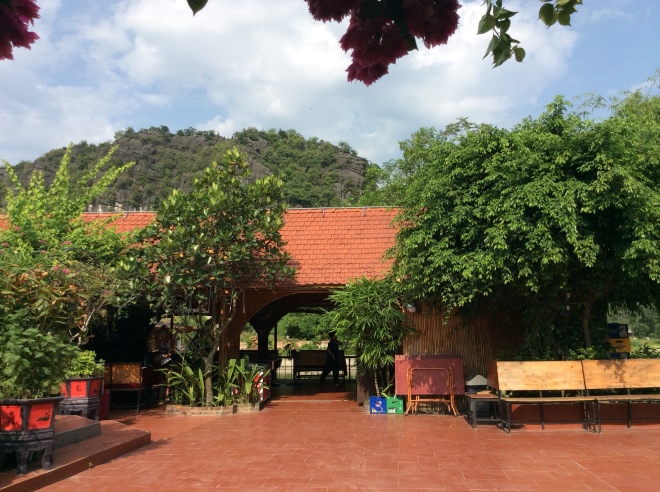
















 Near the entrance to the Bai Dinh temple at Ninh Minh, the largest temple in Vietnam.
Near the entrance to the Bai Dinh temple at Ninh Minh, the largest temple in Vietnam.
 Said to be the largest image of Budda in Vietnam.
Said to be the largest image of Budda in Vietnam.




 Our boat drops us off at the prop of Skull Island, built for the recent remake of the movie “Kong”. By agreement with the Vietnam government, movie makers left the village intact to be used as a tourist attraction.
Our boat drops us off at the prop of Skull Island, built for the recent remake of the movie “Kong”. By agreement with the Vietnam government, movie makers left the village intact to be used as a tourist attraction.










